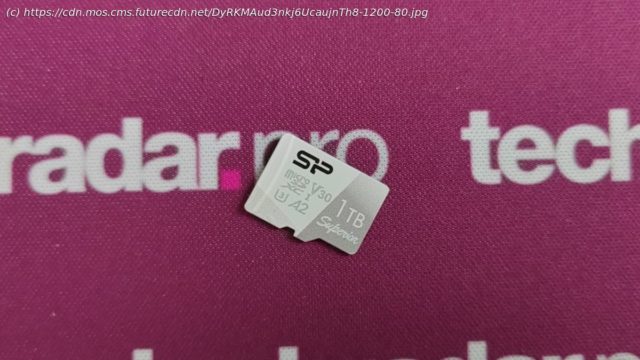High capacity memory cards are becoming more affordable and Silicon Power’s latest release could be one of the best.
60 second review
The Silicon Power 1TB microSD card (opens in new tab) is is the newest addition to what is becoming an increasingly busy market as even bigger capacities (1.5TB (opens in new tab) and 2TB cards) appear.
Amazon, Microcenter, Micron (opens in new tab), Lexar (opens in new tab), Sandisk (and Western Digital), Teamgroup (opens in new tab), Sabrent and PNY (opens in new tab) have already unveiled at least one 1TB card, while arguably the two biggest players, Kingston and Samsung, remain conspicuously on the sidelines.
Silicon Power has been by far the most aggressive of them all recently, with its Superior A2 card available for far less than the competition. It delivers fantastic value for money – and performs admirably well in all our benchmarks, not coming on top of any but always just behind the leaders. Sure, it doesn’t have any bundled software, but with a five-year warranty, it tops our leaderboard with ease.Silicon Power Superior A2: Pricing and availability
You can buy the Silicon Power Superior A2 (opens in new tab) from Amazon for less than $90 at the time of writing, its cheapest price ever (its suggested retail price is $139.99).
This does make it more expensive than the Silicon Power Superior A1 (reviewed here (opens in new tab)), which currently takes the crown for the cheapest 1TB microSD card available, even cheaper than on Black Friday or Cyber Monday, at $79.99. A welcome bonus is that both are available for purchase internationally; although shipping and tax costs will apply. 256GB microSD cards remain in the sweet spot with a pair of the Superior A1 in that capacity retailing for $29.99 (or just under $15 each), which means that 1TB microSD cards still carry a whopping 50% premium.Silicon Power Superior A2: In Use
The Superior A2 gets its name from the so-called Application Performance Class.






